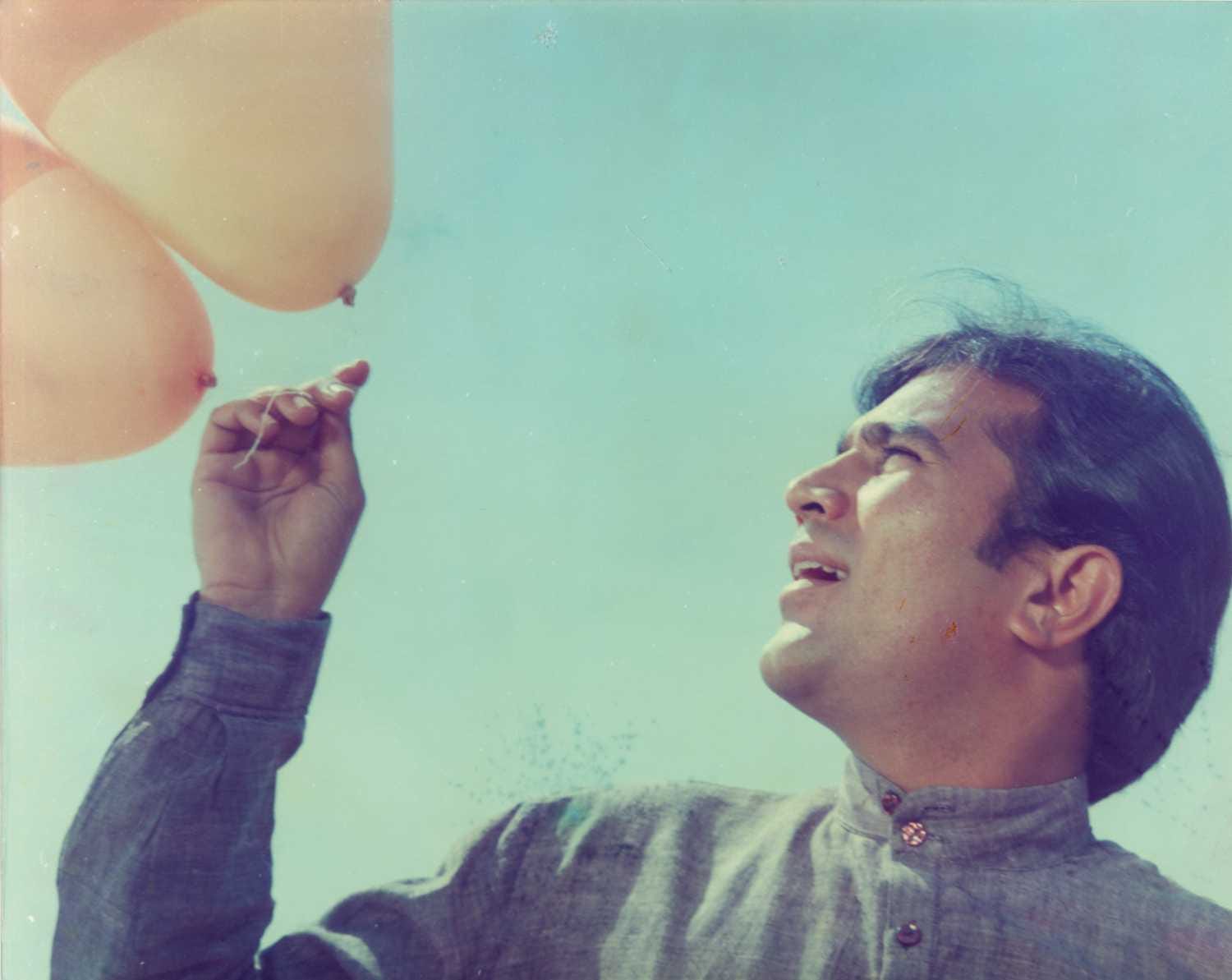


The Hrishikesh Mukherjee film paired him with Babu Moshai, Amitabh Bachchan. In close proximity to Safar, Rajesh played the titular role in Anand (1971), someone who’s suffering from lymphosarcoma of the intestine. Indeevar’s Zindagi ka safar remains an immortal assertion of mortality. Rajesh, playing a cancer patient, urges his love (Sharmila Tagore) to marry a businessman (Feroz Khan). Produced by Mushir-Riaz, it was based on a novel by Ashutosh Mukherjee. Mukul Dutt’s Aan Milo Sajna (1970), pairing him with Asha Parekh, is remembered for L-P’s Achcha to hum chalte hain.Īsit Sen’s Safar (1970) was perhaps Rajesh’s starkest film. While Mumtaz played his ladylove, actress Naaz shot to fame as Meri pyaari beheniya banegi dulhania was sung by Rajesh for her in the film. Manmohan Desai’s Sachaa Jhutha (1970), had him play a villager Bhola, whose lookalike, Ranjit Kumar is a criminal mastermind. The film gave us the ultimate seduction song – Laxmikant Pyarelal’s Bindiya chamkegi, filmed on Rajesh and Mumtaz. Raj Khosla’s Do Raaste (1969) too won him attention, though it was a family affair. Aradhana bagged the Filmfare Best Film award. The film also saw the resurgence of Kishore Kumar with hits like Kora kaagaz tha and Roop tera mastana. In a double role as Arun/ Suraj Prasad Saxena, Rajesh got the nation hooked. The dashing Indian Air Force officer singing, Mere sapnon ki rani in a jeep, as a woman (Sharmila Tagore) seated in a train running parallel blushes, reading Alistair Maclean’s When Eight Bells Toll… remains a classic frame. Shakti Samanta’s Aradhana (1969) kick-started his stardom. This was followed by Raaz, Aurat and Baharon Ke Sapne (all in 1967) and Doli and Ittefaq (both in 1969). He made his debut in Chetan Anand’s Aakhri Khat (1966), India’s entry for the Best Foreign Language Film at the 40th Academy Awards. He became one of the eight finalists in the All India Talent Contest, organised by United Producers and Filmfare in 1965. He was a rare rookie, who went about seeking work in films in his own MG sports car. He was adopted by his well-placed relatives, Chunnilal and Leelawati Khanna, who lived in Girgaum, Mumbai.

Rajesh Khanna was born on December 29, 1942, in Amritsar, Punjab as Jatin Khanna. Taking a look at that era, which defined him and deified him… I was a superstar, but I was also an ordinary mortal,” he once confided in an interview when questioned about his alleged arrogance. I admit that I may have made some mistakes. Jack Pizzey, who made the BBC documentary, Bombay Superstar (1974), described him as an actor who had the ‘charisma of Rudolph Valentino and the arrogance of Napoleon.’ And just as time bound these were, so was Rajesh’s swag. He aced the ‘loser in love’ façade in most of his films, making women want to protect him and possess him. It was at once both – a reminder of our vulnerability and a shout out to live fully. His onscreen mortality added to his magnetism. The boyish face dotted with pimples, the crinkling eyes, the typical wave of the hand and the Guru kurta… Rajesh Khanna was a cult. His features were gentle and his voice gentler. He didn’t have the Greek God looks of his predecessors. Some even committed suicide when he got married to an adolescent Dimple Kapadia. Women got married to his photograph, while others picked up the dust on his car wheels and applied it as sindoor. The frenzy he prompted, the fandom he enjoyed, the craze he celebrated – no actor yet has been able to duplicate that kind of superstardom. He starred in 15 consecutive hits between 1969 to 1971.


 0 kommentar(er)
0 kommentar(er)
